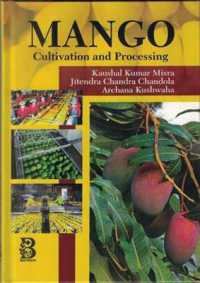Full Description
What happens when ritual practitioners from a small Pacific nation make an intellectual property claim to bungee jumping? When a German company successfully sues to defend its trademark of a Māori name? Or when UNESCO deems ephemeral sand drawings to be "intangible cultural heritage"? In Treasured Possessions, Haidy Geismar examines how global forms of cultural and intellectual property are being redefined by everyday people and policymakers in two markedly different Pacific nations. The New Hebrides, a small archipelago in Melanesia managed jointly by Britain and France until 1980, is now the independent nation-state of Vanuatu, with a population that is more than 95 percent indigenous. New Zealand, by contrast, is a settler state and former British colony that engages with its entangled Polynesian and British heritage through an ethos of "biculturalism" that is meant to involve an indigenous population of just 15 percent. Alternative notions of property, resources, and heritage-informed by distinct national histories-are emerging in both countries. These property claims are advanced in national and international settings, but they emanate from specific communities and cultural landscapes, and they are grounded in an awareness of ancestral power and inheritance. They reveal intellectual and cultural property to be not only legal constructs but also powerful ways of asserting indigenous identities and sovereignties.
Contents
List of Illustrations vii
Preface ix
Acknowledgments xiii
1. Introduction: Culture, Property, Indigeneity 1
2. Mapping the Terrain 25
3. Indigeneity and Law in the Pacific 45
4. Copyright in Context: Carvers, Carvings, and Commodities in Vanuatu 61
5. Trademarking Maori: Aesthetics and Appropriation in Aotearoa New Zealand 89
6. Pacific Museology and Indigenous Property Theory 121
7. Treasured Commodities: Taonga at Auction 151
8. Pig Banks: Imagining the Economy in Vanuatu 175
Conclusion 207
Notes 217
References 249
Index 283







